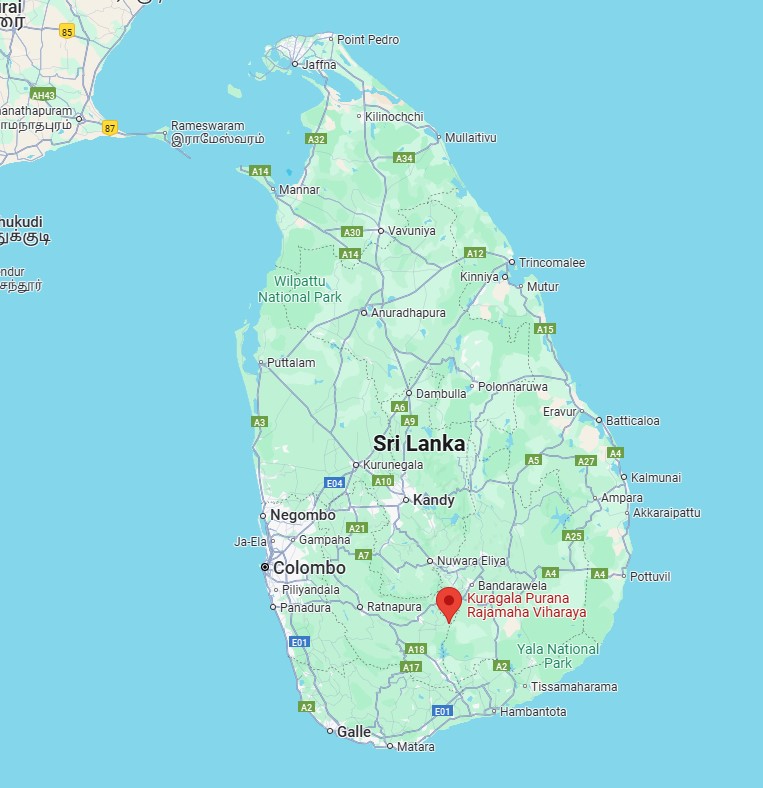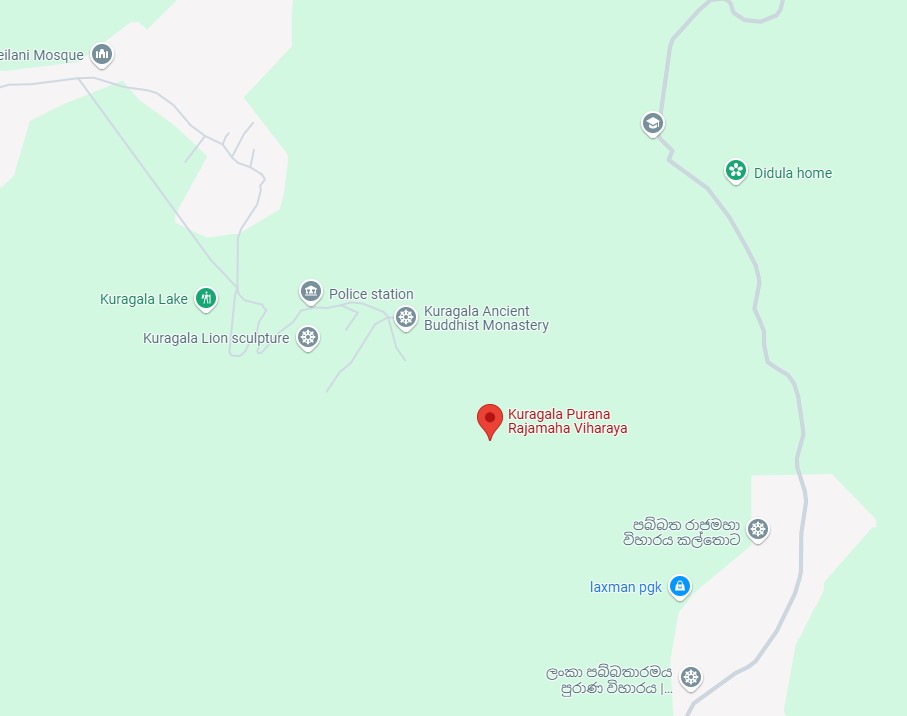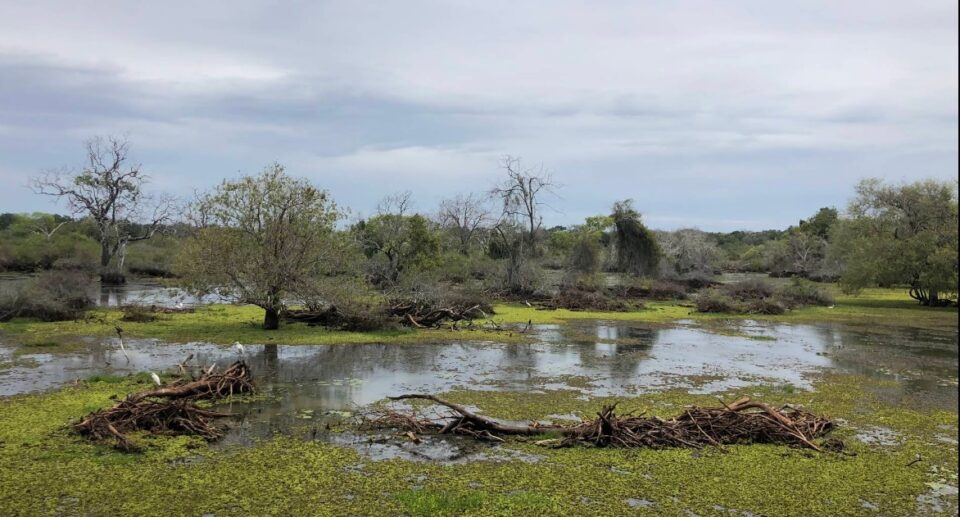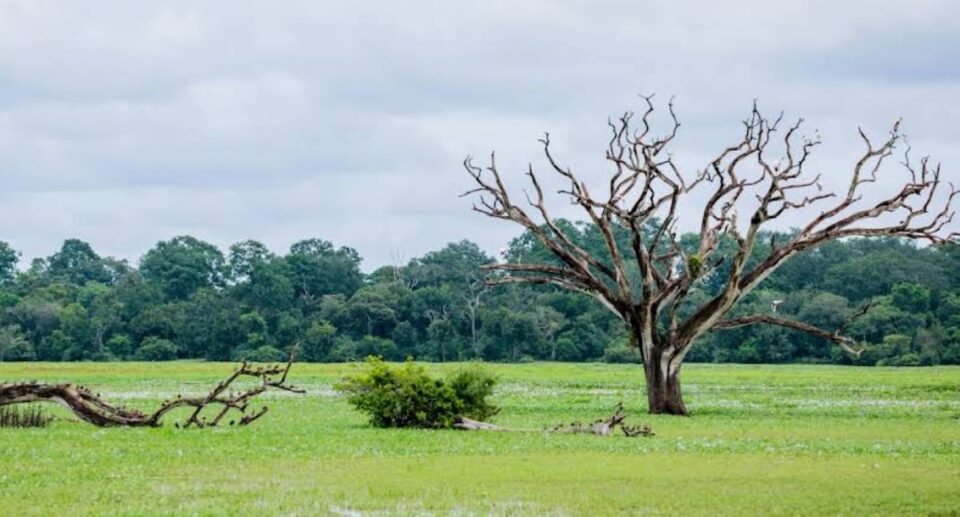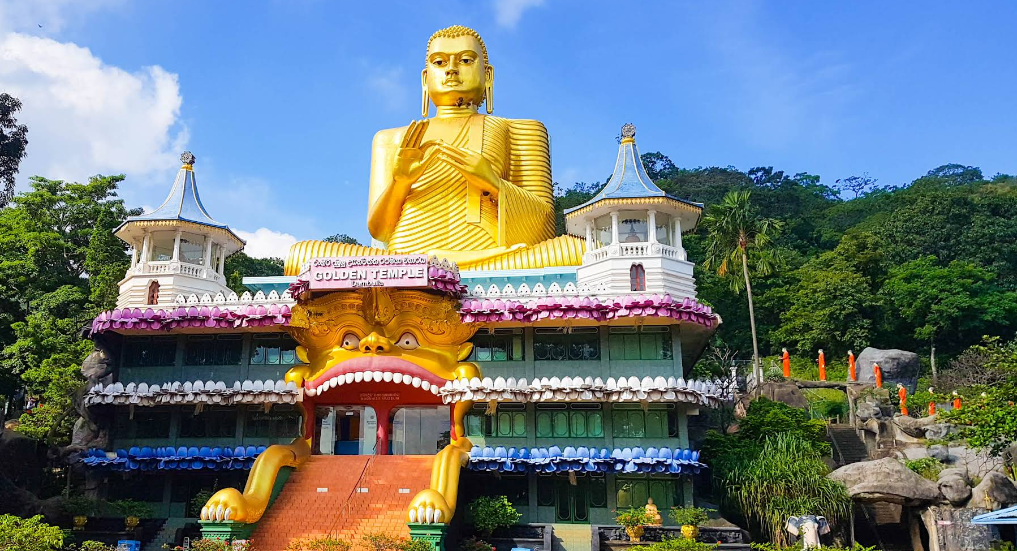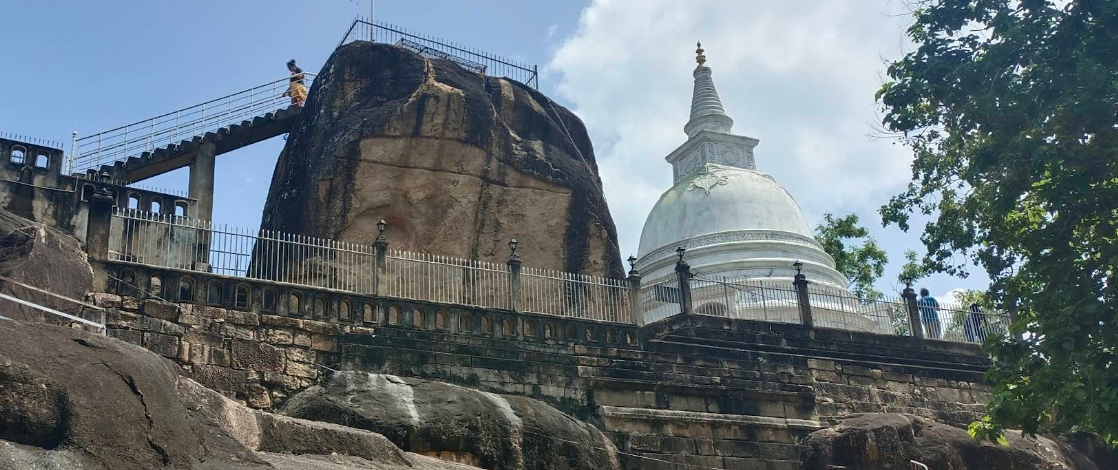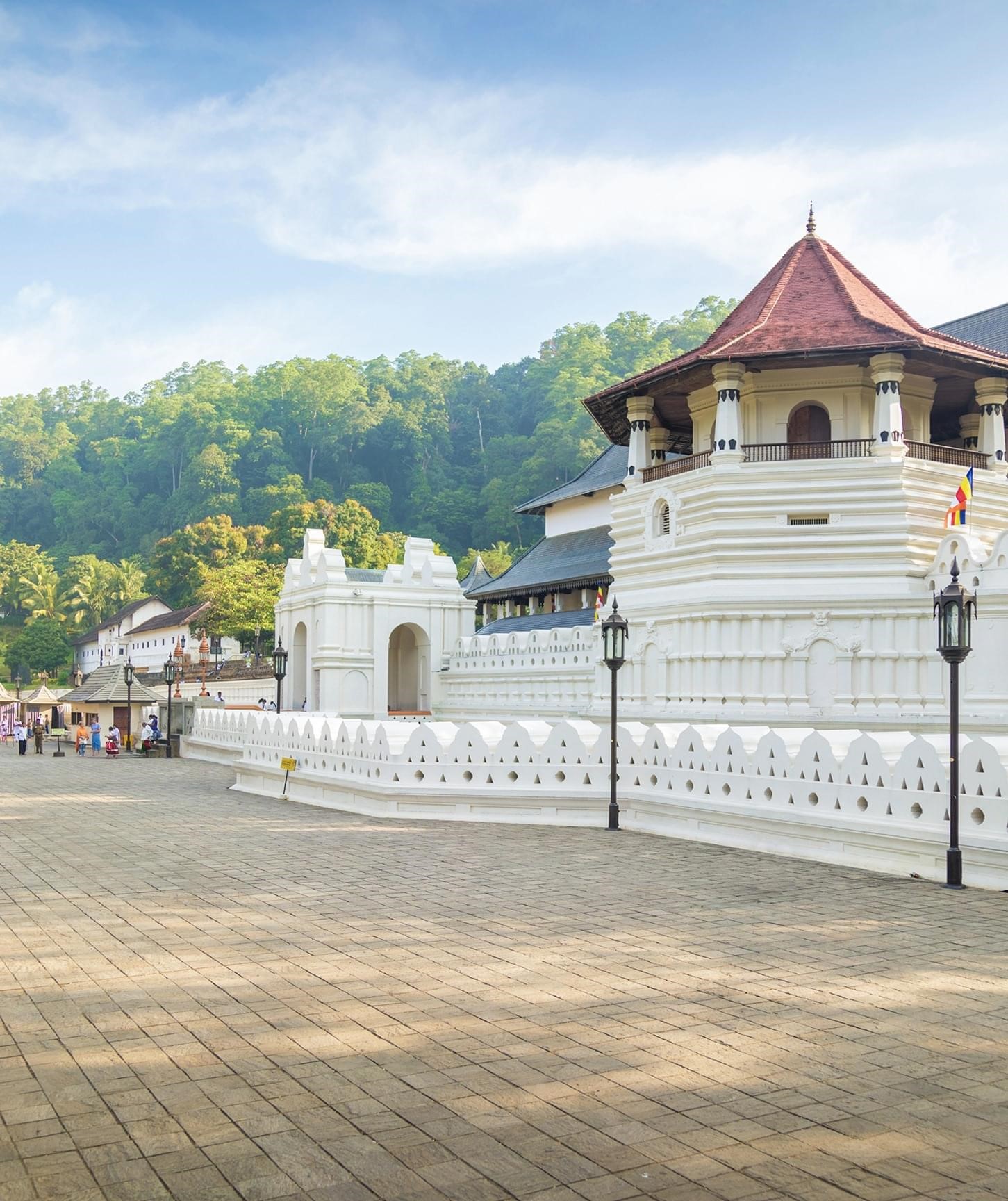Kuragala Temple: A Sacred Journey Through History, Nature, and Faith
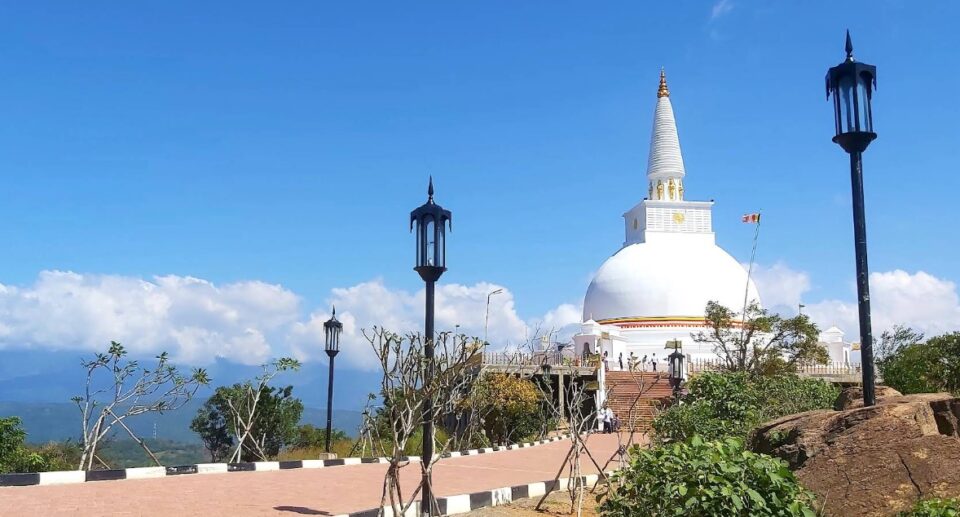
Kuragala Temple in the mountainous heartland of Sri Lanka near Balangoda in Ratnapura District is a great archaeological and religious destination where past and present merge. Holy to Buddhists and Muslims both, Kuragala is renowned for its historic rock shelters, inscriptions, monastic building remains, and serene natural ambiance on a rocky hill summit. It is not just a religious shrine but a living cultural heritage monument of harmony, history, and spirituality.
Located approximately 24 kilometers from the town of Balangoda, Kuragala is over 1,100 meters above sea level and is therefore a breathtaking vantage point and historical site. Its archaeological significance, myth, religion, and natural beauty make Kuragala one of Sri Lanka’s most fascinating spiritual and cultural places.
Historical Background
Kuragala itself has a history going back over 2,000 years. The site was first identified as a prehistoric human settlement site, and archaeological evidence suggests that it had been occupied as early as the Mesolithic period (8000–3000 BCE). Archaeological excavations carried out by Sri Lankan archaeologists uncovered stone implements, pieces of pottery, and skeletal remains, testifying to the fact that early man had occupied the natural rock outcrops that are now religious shrines.
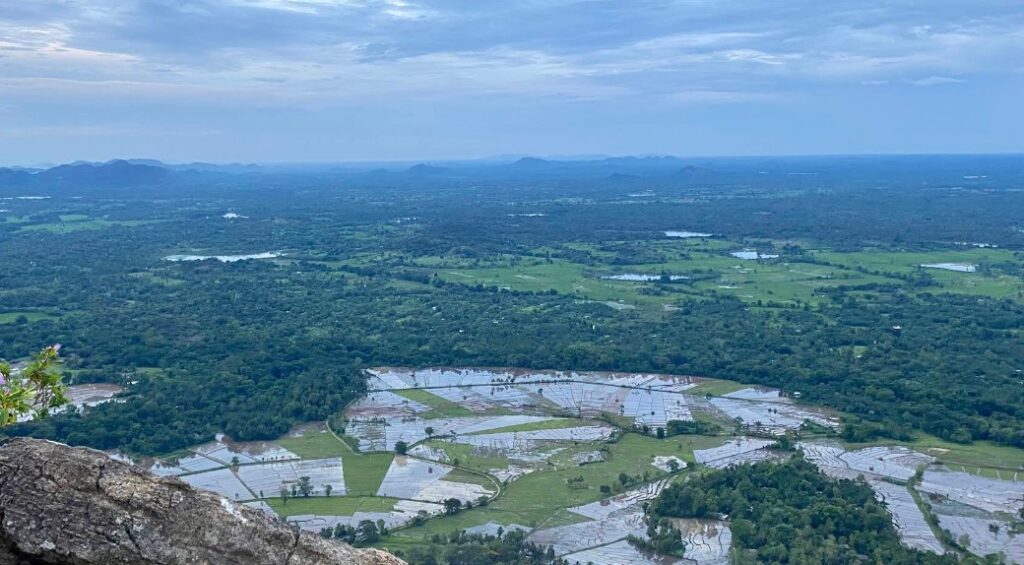
In about the 3rd century BCE, Kuragala was used as a Buddhist monastery during King Devanampiya Tissa’s reign following the introduction of Buddhism to Sri Lanka. There are several Brahmi inscriptions that were engraved on the rock face, indicating that the area was donated by lay followers to the Buddhist monastic order, or the Sangha. These inscriptions are helpful in knowing early Buddhist practice and development of Sinhala script.
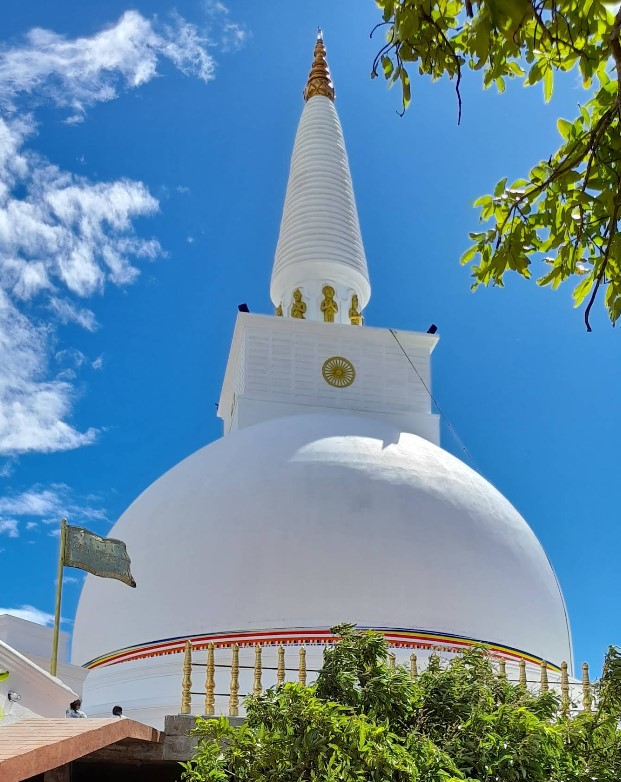
In the following centuries, particularly under the Kandyan Kingdom, Kuragala remained a sacred site. Sufi Muslim mystics are reported to have visited the site by the 14th century, and a small shrine (Ziyaram) for a venerated Islamic saint was constructed, which again contributed to the religious significance of Kuragala.
Religious Significance
Kuragala present day is a holy Buddhist location with a functioning temple and meditation caves used by monks. There are Buddha statues, stupas, and other Buddhist iconography the tourists will observe. It is governed by Buddhist monks and considered a place of peaceful retreat and religious devotion.
But its Islamic heritage is also preserved and honored. The Arabic inscriptions found in the site, as well as the ancient Sufi prayer chamber, show the legacy of Sufis in the distant past. Kuragala is a darga to most Sri Lankan Muslims, a pilgrimage site to honor a saint who is reported to have meditated inside the caves.
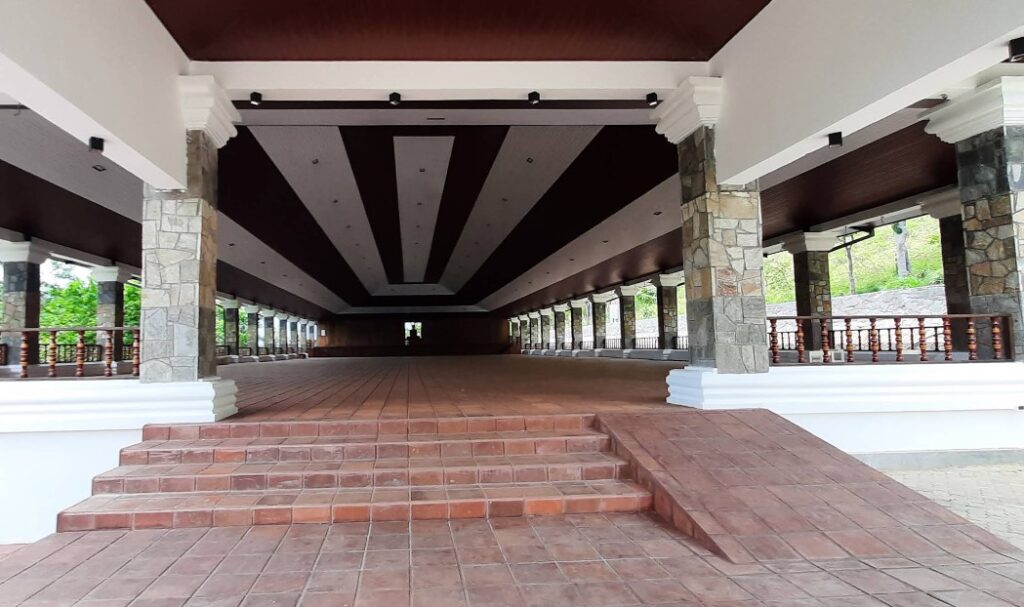
This twinned religious identity has, at times, been the cause of tensions, namely with respect to the preservation and access rights of the relevant religious communities. Nevertheless, Kuragala remains a symbol of Sri Lanka’s complex religious history and multicultural heritage.
Archaeological Features
The most obvious physical characteristic of the site is Kuragala’s rock formation. Ascending to the top is moderately demanding but extremely rewarding. Characteristics include: Brahmi Inscriptions: Certain inscriptions of the 2nd and 3rd centuries BCE, rock-cut, give details regarding early Buddhist traditions and Sinhala language. Cave Dwellings: Rock shelters were modified by the early monks with drip-ledges to keep rainwater out. Meditation rooms were the caves. Ruins of Ancient Monastery: Partially survived walls, platforms, and staircases reveal a large complex of a monastery.
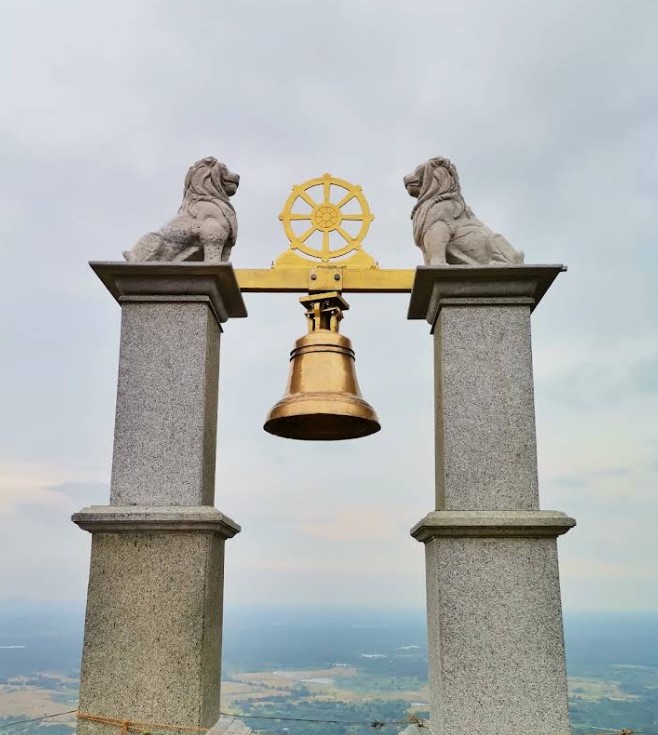
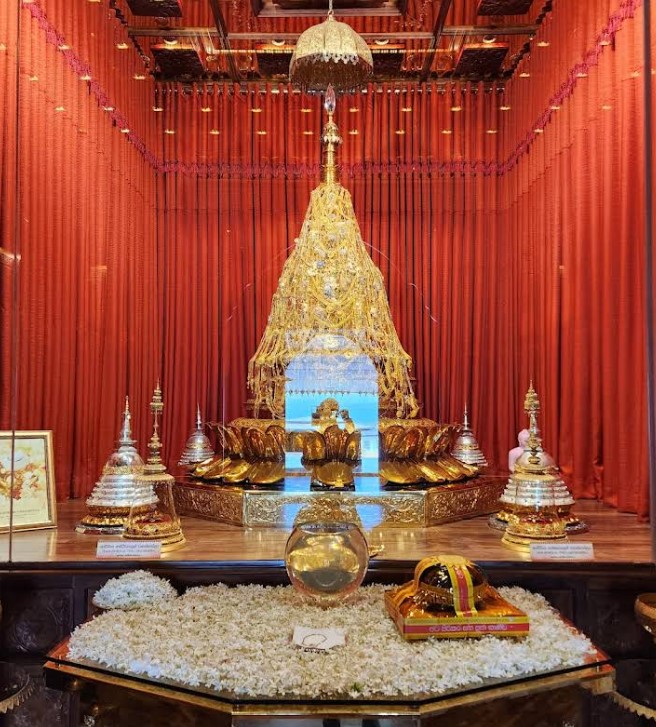
Stupa and Temple Architecture: Recent stupa restoration and recent stupa construction can be found, marking the continued existence of Buddhist religion. Islamic Shrine (Ziyaram): Small chamber and tomb reported by some to be the resting place of one of the Sufi saints. Arabic inscriptions found nearby confirm Muslim religious practice and tradition.
The entire hill has been proclaimed to be an archaeological reserve, falling under Sri Lankan law. Academics continue to study Kuragala for its significance in the study of the prehistoric and historical periods of Sri Lanka.
Natural Beauty and Environment
Kuragala is not only a religious shrine but also a natural haven. Located in dense forests and rocky cliffs, the spot provides stunning vistas of the Sabaragamuwa hills and valleys. In clear weather, one could see the Udawalawe Basin, parts of Haputale, and distant hills of Badulla.

The climb to the summit passes through lush foliage, home to birds, butterflies, and tiny animals. The tranquility of the forest and mountain air enhance a soothing ambience of calmness and contemplation.
During sunrise and sunset, the summit of the temple offers some of the most breathtaking scenery found anywhere in southern Sri Lanka, with mist shrouding hills and golden light imbuing the rock formations with a spiritual sheen.
Access and How to Get There
You have very easy access to Kuragala from Balangoda, which is situated on the A4 road that connects Colombo to Badulla. From Balangoda: Travel around 24 km southeast along Kalthota Road Make a turn towards the Kuragala Temple junction, which will lead you to the temple’s foot A 20–30 min trek from the car park leads you to the summit
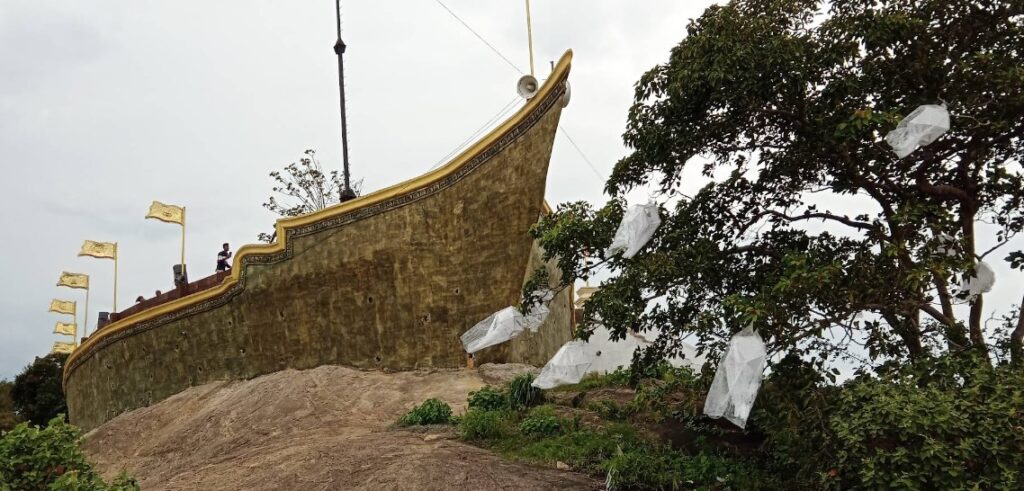
Tourists should dress modestly and bring water with them, as the hike can be draining on a sunny day. Admission is free but donations are welcome to help keep the temple in good condition.
Controversy and Conservation
The Kuragala has in recent times been in the middle of religious tension and public controversy due to disputes over the existence of the Islamic shrine and Buddhist restoration work. While some parties required the Islamic elements to be removed, others advocated for preserving multireligious coexistence as well as historical integrity.
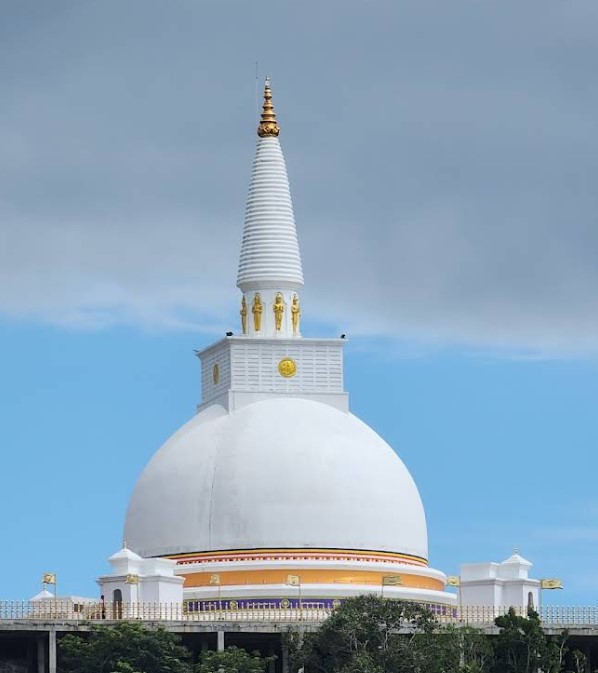
Both the Sri Lankan government and the Department of Archaeology have moved to preserve both Buddhist and Islamic aspects of the site, weighing archaeological preservation against religious rights.
It is significant not just for preservation of history, but also for promoting interfaith understanding within a multifaith country.
Cultural and Spiritual Experience
Travelers to Kuragala find themselves in deep contemplation. The peaceful atmosphere, combined with the spiritual power of a location utilized for centuries for meditation and prayer, renders Kuragala a spiritually deep destination.
Pilgrims tend to do: Meditation and silent contemplation in the caves ,Placing flowers and incense in front of the Buddha statue, Reading on the ancient inscriptions
Visiting the Islamic shrine in respect
It is also used for Buddhist retreats and meditation classes, especially for monks and laymen who yearn for a calm, secluded environment.
Kuragala Temple is hardly a religious shrine it’s a living testimony to Sri Lanka’s cultural, historical, and spiritual past. Its caves have sheltered prehistoric man, Buddhist monks, and Sufi saints. Its inscriptions, ruins, and shrines whisper of a land where religions have come together and blended over the centuries.
In an age where polarization so often overrides conversation, Kuragala is a poignant reminder of the value of living together, of cultural heritage, and of the spiritual wealth that results when human beings extend themselves to nature and to the divine.
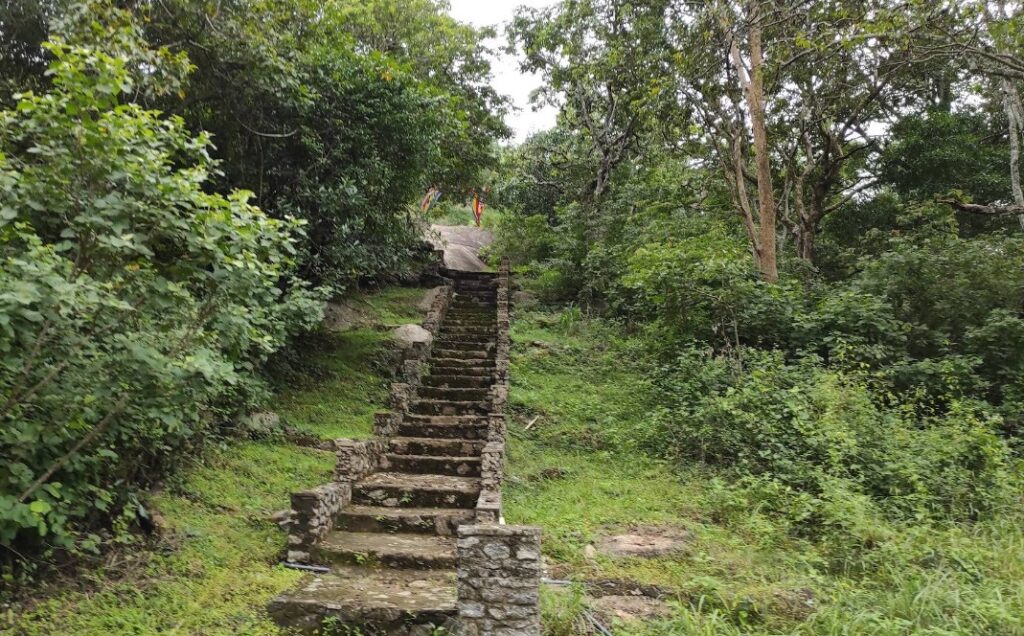
To visit Kuragala is not merely a hike or a pilgrimage it is a journey into the soul of Sri Lanka.
Kuragala Temple Location
- Province: Sabaragamuwa Province
- District: Ratnapura
- Nearest Town: Balangoda
- Located about 24 km southeast of Balangoda town, near Kalthota
By Private Vehicle (Car or Motorcycle)
From Colombo:
- Route: Colombo → Avissawella → Ratnapura → Balangoda → Kalthota → Kuragala
- Distance: ~165 km
- Travel Time: Around 4.5 – 5.5 hours
- After passing Balangoda, take the Kalthota Road and follow signs toward Kuragala Raja Maha Viharaya.
From Kandy:
- Route: Kandy → Peradeniya → Gampola → Nuwara Eliya → Belihuloya → Balangoda → Kalthota → Kuragala
- Distance: ~130 km
- Time: 4–5 hours
From Badulla / Bandarawela:
- Route: Bandarawela → Haputale → Belihuloya → Balangoda → Kalthota → Kuragala
- Distance: ~90 km
- Time: ~2.5–3 hours
By Bus
- Take a bus to Balangoda:
- From Colombo: Direct buses to Balangoda available from Pettah Bus Stand.
- From other towns like Ratnapura, Badulla, or Bandarawela: Frequent buses.
- From Balangoda to Kuragala:
- Take a local bus or tuk-tuk toward Kalthota.
- Get off near Kuragala junction or ask locals for the correct stop.
- From there, hire a tuk-tuk or walk ~1–2 km to the temple’s base.
Final Stretch: Hiking to the Temple
- From the parking area, there’s a short hike of about 20–30 minutes to reach the summit of Kuragala Rock, where the temple and meditation caves are located.
- The path is well-marked and includes stairs and rough trails through forested terrain.
- Wear comfortable shoes, bring water, and dress modestly for the temple visit.
Best Time to Visit
- Morning hours are ideal for cooler weather and better visibility.
- Dry season (January to April and June to August) offers the best conditions for hiking.
Tip: Need for 4WD?
- A regular car can reach the parking area in dry weather, but during rains, the last stretch of the road may be rough.
- If you’re unsure, use a 4WD or tuk-tuk from Balangoda or Kalthota.
